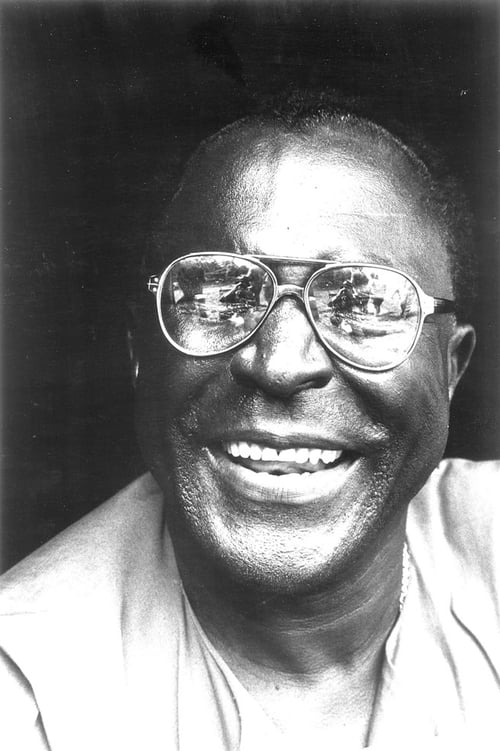Sonny Terry
Рождение : 1911-10-24, Mineola, New York, U.S.
Смерть : 1986-03-11
История
Sonny Terry was an American Piedmont blues and folk musician, who was known for his energetic blues harmonica style, which frequently included vocal whoops and hollers and occasionally imitations of trains and fox hunts.

Self (Sonny Terry & Brownie McGhee)
Taken from the European tours organised for American blues musicians between 1962 and 1969, this release features performances by several popular blues artists, including: Big Mama Thornton, Roosevelt Sykes, Buddy Guy, Dr. Isaiah Ross, Big Joe Turner, Skip James, Bukka White, Son House, Hound Dog Taylor and Little Walter, Koko Taylor and Little Walter, Sonny Terry and Brownie McGhee, Helen Humes, Earl Hooker, and Muddy Waters.

Self (archive footage)
Director Mike Figgis (Stormy Monday, Leaving Las Vegas, Time Code) joins musicians such as Van Morrison, Eric Clapton, Jeff Beck, and Tom Jones, performing and talking about the music of the early sixties British invasion that reintroduced the blues sound to America.

Himself

Sonny Terry & Brownie McGhee
Taken from the European tours organised for American blues musicians between 1962 and 1969, this release features performances by several popular blues artists, including: T-Bone Walker, Lightnin' Hopkins, Victory Spivey, T-Bone Walker ...

Sonny Terry & Brownie McGhee
Taken from the European tours organised for American blues musicians between 1962 and 1969, this release features performances by several popular blues artists, including: T-Bone Walker, John Lee Hooker, Muddy Waters, etc.
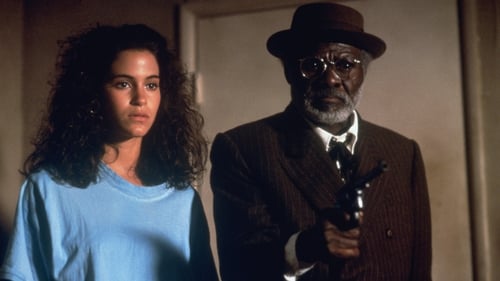
Musician
Молодой, честолюбивый гитарист находит легендарного исполнителя блюзов в гарлемской больнице и соглашается помочь ему вернуться домой в обмен на старые и утраченные песни. Великолепные песни Рай Кудера, который в картине сам играет на "блюз-гитаре". На "блюз гармонике" играют Сонни Терри и Джон "Дьюк" Логан. Фильм этот, великолепный сам по себе, имеет культовый успех среди музыкантов и тех, кто любит блюз и рок-н-ролл. Писать о нем бесполезно. Его надо смотреть и слушать. (Иванов М.)
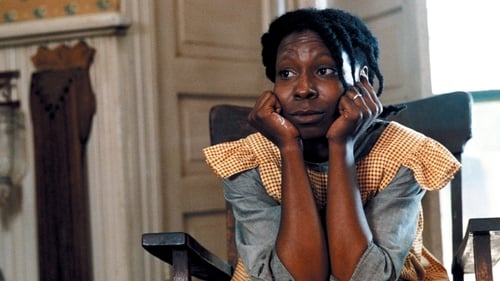
Jook Joint Musician
Действие фильма происходит в начале XX века в небольшом городке в штате Джорджия, где еще сильны вековые традиции прежнего уклада южных штатов. В центре картины — жизнь героини Силии, чье стремление найти себя в мире, закрытом для нее, превращается в триумф жестокости, которую преодолела любовь, и боли, которую затмила радость. В первый раз мы встречаемся с Силией, когда ей 14 лет, и она беременна… от своего отца. Дальнейшее действие картины повествует о сложной судьбе героини, которая на своем жизненном пути познала много бед и лишений, прежде чем смогла обрести независимость.

Self
A warmhearted memorial to the folk singer whose songs galvanized organizers and guitar-pickers across the United States. Part biography, part travelogue and part hootenanny, it follows the singer's son, Arlo Guthrie, as he retraces his father's steps and collects reminiscences from his father's family, friends and musical partners.
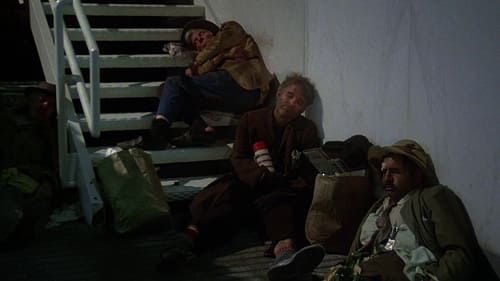
Blues Singer
Узнав, что он приемный сын, Нэйвин бросает своих названых чернокожих родителей и отправляется за смыслом жизни в Сент-Луис. Поначалу большой город не принимает новичка, и Нэйвину упорно приходится доказывать, что он чего-то стоит. Долго мучиться не приходится, как говорится — дуракам везет, и на провинциального паренька нежданно-негаданно, оптом, сваливаются и богатство, и известность, и слава. Только вот, что делать со всем этим внезапным счастьем, придется поломать голову…
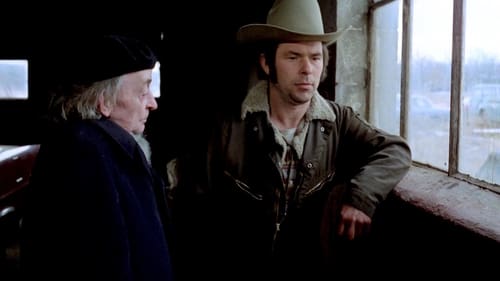
Original Music Composer
Бруно Строшек, недавно вышел из тюрьмы и подрабатывает в качестве уличного музыканта. Вместе со своей подругой-проституткой и своим давним знакомым, милым старичком, Бруно отправляется искать счастья в Америку. Однако вместо сверкающей небоскребами «американской мечты» они оказываются среди бескрайних и унылых равнин Висконсина.
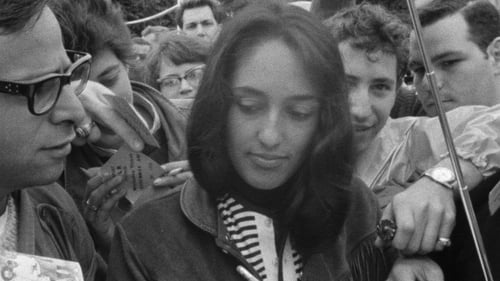
Self
Black and white footage of performances, interviews, and conversations at the Newport Folk Festival, from 1963 to 1966. The headliners are Peter, Paul and Mary, Joan Baez, Pete Seeger, and Bob Dylan, who's acoustic and electric. Son House and Mike Bloomfield talk about the blues; John Hurt, Howlin' Wolf, and Sonny Terry and Brownie McGhee show its range. The Osborne Brothers perform bluegrass. Donovan, Johnny Cash, Judy Collins, Mimi and Dick Farina, and others less well known also perform. Several talk musical philosophy, and there's a running commentary about the nature and appeal of folk music. The crowd looks clean cut.

A 16 minute short comprising 2 acts of a 1964 event where an innovative group of musicians performed on a real railroad track. The audience on one side of the tracks and the musicians on the station side.

Musician
In 1944 Lye moved to New York City, initially to direct for the documentary newsreel The March of Time. He settled in the West Village, where he mixed with artists who later became the Abstract Expressionists, encouraged New York’s emerging filmmakers such as Francis Lee, taught with Hans Richter, and assisted Ian Hugo on Bells of Atlantis. Color Cry was based on a development of the “rayogram” or “shadow cast” process, using fabrics as stencils, with the images synchronized to a haunting blues song by Sonny Terry, which Lye imagined to be the anguished cry of a runaway slave. —Harvard Film Archive

Music
In 1944 Lye moved to New York City, initially to direct for the documentary newsreel The March of Time. He settled in the West Village, where he mixed with artists who later became the Abstract Expressionists, encouraged New York’s emerging filmmakers such as Francis Lee, taught with Hans Richter, and assisted Ian Hugo on Bells of Atlantis. Color Cry was based on a development of the “rayogram” or “shadow cast” process, using fabrics as stencils, with the images synchronized to a haunting blues song by Sonny Terry, which Lye imagined to be the anguished cry of a runaway slave. —Harvard Film Archive
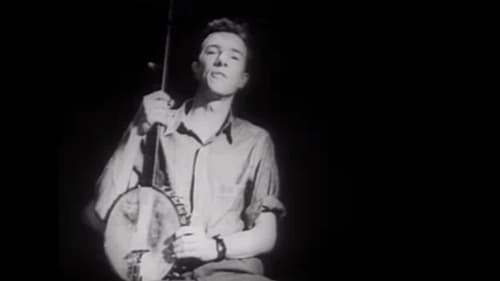
Himself
A short film about Pete Seeger and the birth of banjo music throughout the Southern United States.
